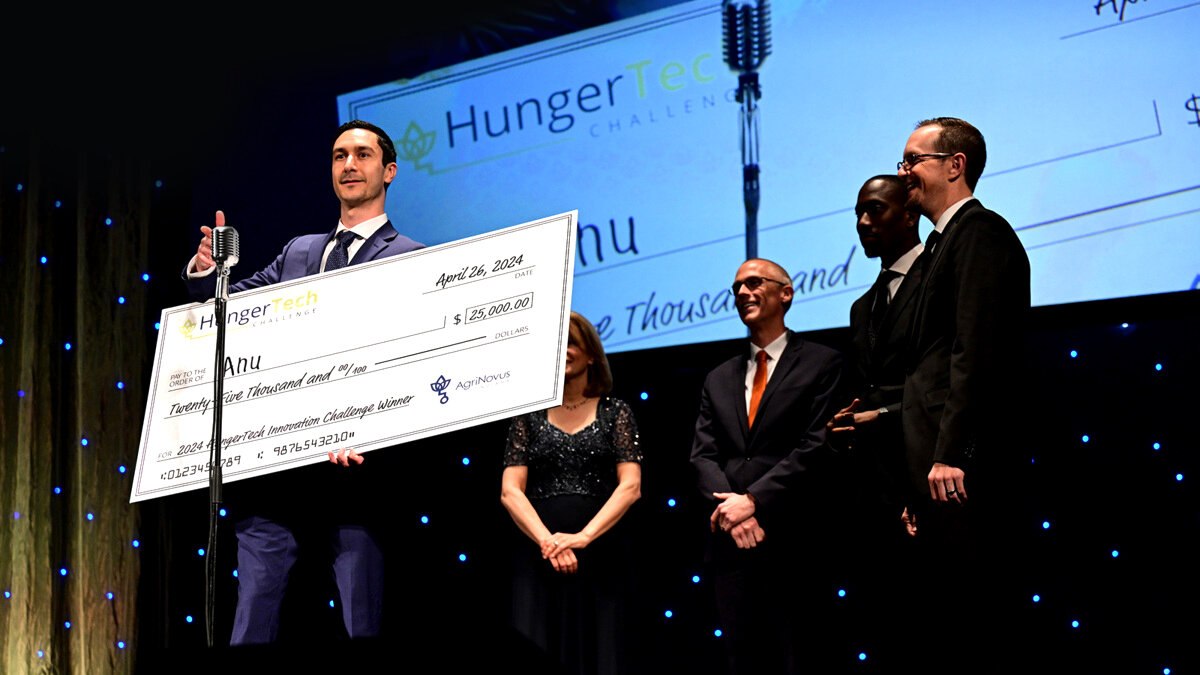
At the 2022 White House Conference on Hunger, Nutrition and Health, the Biden Administration called upon the private sector and other institutions to take part in ending hunger and food insecurity, recognizing that the federal government could not alone fix the problem. One area of identified opportunity was focused on developing and implementing innovative food access solutions for food insecure populations.
The AgriNovus Indiana team had already been hard at work in this space for over a year at that point with the HungerTech Innovation Challenge. Our call? To help innovators create technologies to increase access to food. It was that work, in fact, that garnered an invitation to the White House for these important discussions; and it is an area that we can continue to grow and evolve with each passing year.
The HungerTech Innovation Challenge starts with research to inform where technology can converge to increase food security. Once that research has been quantified, a Challenge Statement is released to guide potential participants toward a five-week accelerator program that supports innovative solutions to create for-profit business models. The participants ultimately submit a pitch that is evaluated by a panel of industry judges, and the winner is awarded $25,000 to seed that innovation.
Recently completing its third year, 16 teams of innovators ranging from students to startups and academics have tackled the creation of market-driven technologies that are both environmentally sustainable and economically viable. The Challenge continues a lineage of innovators in this program that focus on food security to “do good by also doing well” – highlighting the ability to create feasible businesses that also make positive human impact.
These innovators are creating businesses -- from improving food logistics or limiting food waste to using machine learning and predictive analytics to improve efficiency and forecasting both in the middle of the supply chain as well as in-home – all the while focusing on how revenue must be present and achievable to have long-term, sustainable change.
Each HungerTech Innovation Challenge has built on or tackled gaps from the previous program. The first Challenge focused on last-mile delivery for participants in the Supplemental Nutrition Assistance Program (SNAP). The second Challenge was geared toward leveraging technology to connect both for-profit and non-profit support options in one solution. The third Challenge seizes opportunity in the middle of the value chain and has the potential to be an additive solution that complements the previous two winners. This problem is not one that will be solved by one unicorn company, but rather by many different industries, innovators and entrepreneurs that come together to build a network of solutions that offer a complete system of support to our most vulnerable neighbors.
To learn more about AgriNovus Indiana’s HungerTech Innovation Challenge, visit www.AgriNovusIndiana.com/HungerTech.